
VIDEO: NYK unveils emissions-free concept ship
Written by Nick Blenkey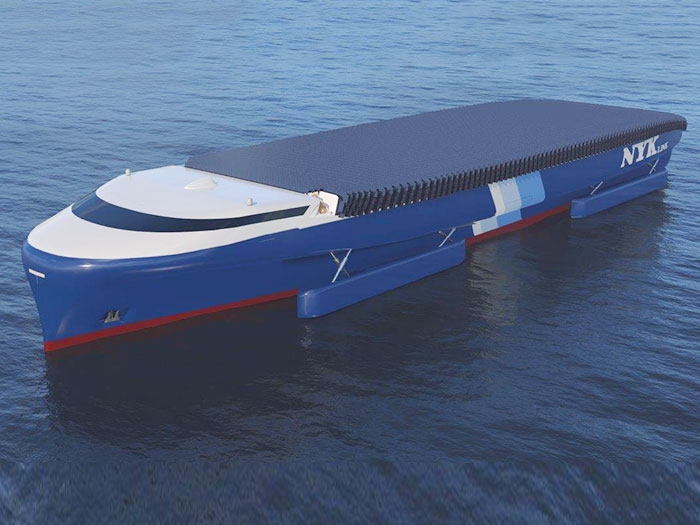
NOVEMBER 14, 2018 — Japan’s NYK Group has unveiled its concept of the “NYK Super Eco Ship 2050” incorporating innovative technologies that will result in an emission-free vessel. Among them? Replacing propellers with foils that emulate the movement of dolphins.
To develop the concept ship, NYK teamed up with MTI (Monohakobi Technology Institute) and Finnish engineering and consulting company Elomatic to review the technical advances conceived for its previous concept ship (NYK Super Eco Ship 2030, created in 2009) and design an updated version.
The new concept ship has been conceived as a 2050-model pure car and truck carrier (PCTC). The power needed to operate the ship has been cut by 70 percent by remodeling the hull to decrease water friction, reducing the weight of the hull, introducing fuel cells for electric propulsion, and utilizing other highly efficient propulsion devices. Instead of fossil fuels, power for the ship would come from solar energy and hydrogen produced from renewable energy sources, all of which would lead to a reduction of CO2 by 100 percent, resulting in a zero-emission vessel.

Hull
The weight of the hull is reduced by optimization through a dynamic, mathematical design that uses lightweight materials for the superstructure. Computer-controlled devices, such as gyro stabilizers, provide active stability for the lightweight vessel hull.
An air-lubrication system reduces frictional resistance between the vessel’s bottom and the sea Automatic hull cleaning during port stays prevents any negative impact on vessel efficiency.
Finally, propulsion efficiency is increased by replacing conventional propellers with flapping foils that mimic the movements of dolphins.
Energy
The ship is powered by hydrogen fuel cells produced from renewable energy sources. Waste heat recovered from the fuel cells is also used. On long voyages, solar power can be utilized.
Maintenance
Maintenance is managed through use of digital twins, a technology that realizes physical conditions digitally and enables real-time analyses from land offices, accident prevention, and optimal maintenance.
Port and Cargo Handling
Optimization of route planning is no longer a ship-level activity. It will be done at port and on a fleet level, which will enable just-in-time arrival throughout the supply chain.
Automatic mooring and efficient ship-to-ship cargo handling will minimize port stays.

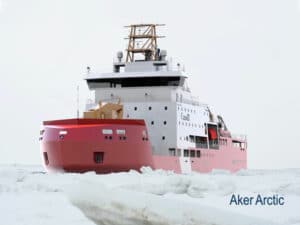
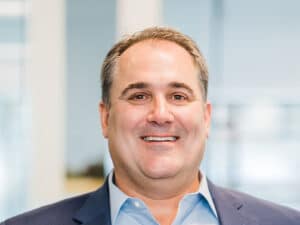
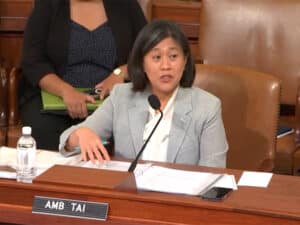
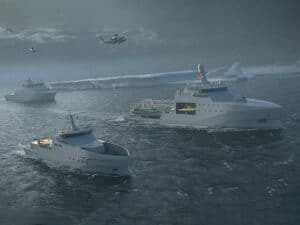
Leave a Reply
You must be logged in to post a comment.